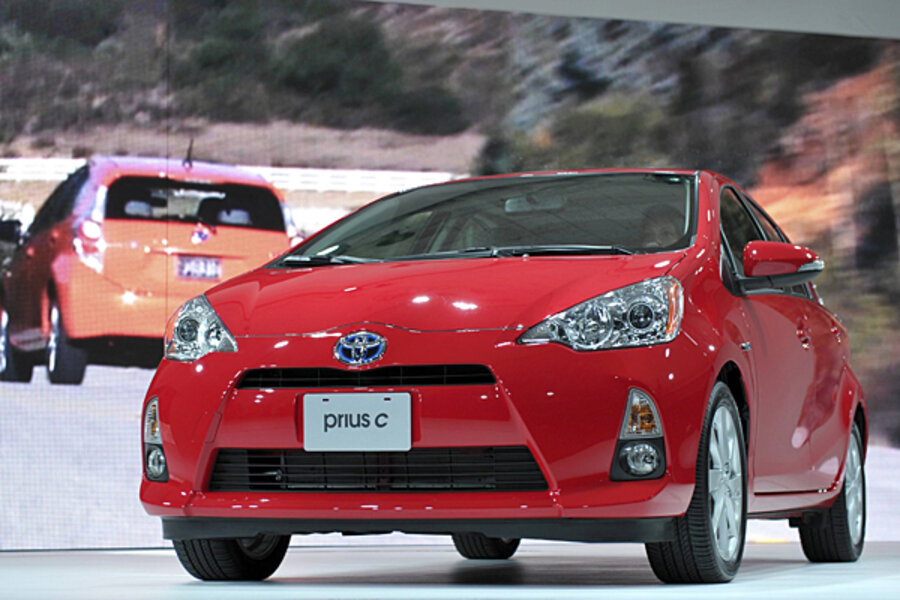Best time to drive a hybrid? When traffic is bad.
Loading...
Show us someone who actively enjoys getting stuck in heavy traffic and we'll show you someone with nothing better to do.
But if you have little choice but to sit in that traffic on your way to work, a new study shows you'd be best off with a hybrid vehicle.
You probably didn't need a study to tell you that, of course--a look at the EPA window sticker of any hybrid vehicle will quickly show off its strengths.
The study, conducted by Carnegie Mellon University (via the Pittsburg Business Times), does put numbers on the hybrid car's benefits, showing you just how much better such a car is when faced with a congested commute.
Hybrids aren't bad on the highway either, but there the benefits are much smaller given the cars' extra cost over conventional vehicles.
"Hybrid and plug-in vehicles cost more without much benefit to the environment," said CMU's professor of mechanical engineering and policy, Jeremy Michalek, in a statement.
While some hybrid vehicles do offer impressive highway figures--cars like the Toyota Prius remain right at the top of the EPA's highway mileage lists--the gap to regular vehicles is much smaller than it is in city driving.
Hybrid versus non-hybrid
To offer some perspective, take a car like the 2013 Chevrolet Cruze Eco.
Its 42 mpg highway rating is only 6 mpg below that of the 2013 Toyota Prius--a 12.5 percent drop, while costing $4,000 less to buy. Yet look to city mileage, and the margin is much greater--the Cruze Eco's 28 mpg is a 23 mpg, or 45 percent drop.
Effectively, the Prius driver is going twice as far on every gallon in the city, rather than just a few miles further on the highway. At 12,000 miles per year, with gas at $3.66 per gallon (current average on the EPA's fueleconomy.gov site) and a 90 percent city commute, the Prius would make up $3,000 of that price $4K difference in gas alone.
It's an extreme example (though doesn't take into account an inevitable rise in gas prices), but illustrates the chasm between hybrids and regular vehicles in the city. A plug-in hybrid would save even more.
CMU's data suggests that overall, choosing a hybrid vehicle for use in congested cities could reduce lifetime costs by 20 percent and cut greenhouse gas emissions in half.
The study warns against another factor too: Aggressive driving. That can cut a vehicle's range by 40 percent or more, says the study. That does apply to any vehicle though, and will certainly have an effect on battery electric vehicles where every mile counts.
CMU's study was funded by the National Science Foundation, along with Ford and Toyota.
We'd normally advise a pinch of salt when carmakers with a vested interest get involved, but the study's results are simply common sense. As ever, how you drive, what you drive and where you drive all have an influence on just how green your journey is. Buy a vehicle that suits your needs, and remember:
Your. Mileage. May. Vary.







